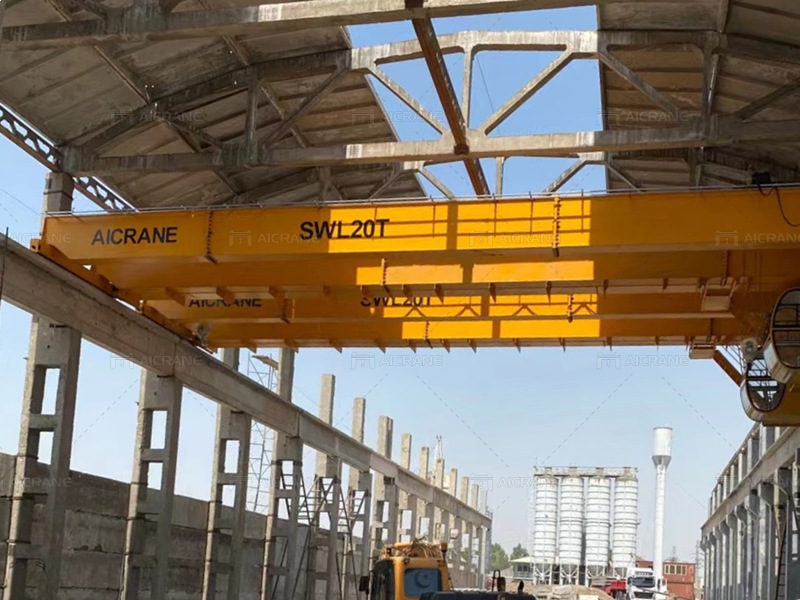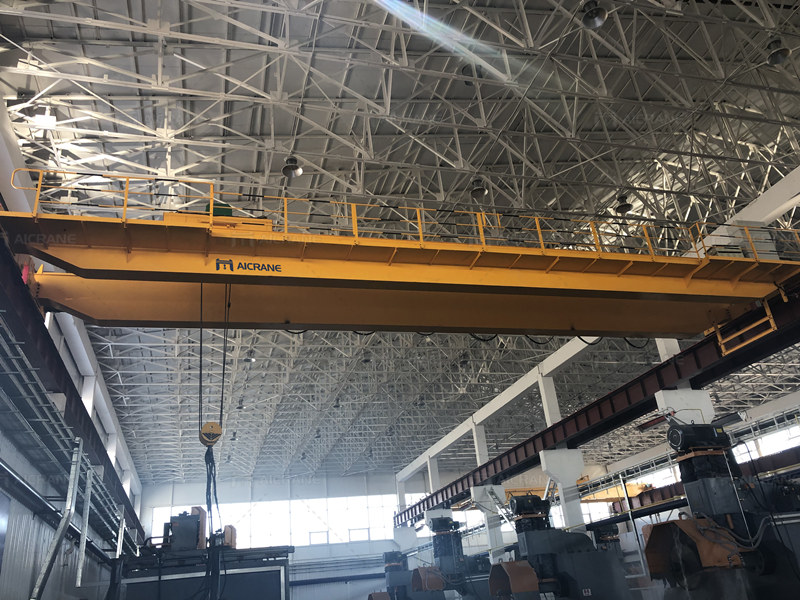Overhead cranes play a pivotal role in manufacturing industries, facilitating the movement of heavy materials and products with efficiency and precision. To maximize productivity and streamline operations, it’s crucial to understand the various applications and benefits of overhead crane usage in manufacturing settings. In this article, we will explore how overhead cranes optimize productivity in manufacturing industries and examine key considerations for their effective utilization.
Improved Efficiency in Material Handling
Overhead cranes offer unparalleled efficiency in material handling tasks within manufacturing facilities. With their ability to lift and transport heavy loads vertically and horizontally, overhead cranes significantly reduce the time and labor required for material movement compared to manual methods or other types of lifting equipment. This efficiency translates into increased throughput, faster production cycles, and ultimately, enhanced productivity in manufacturing operations.
Versatility in Manufacturing Processes
Overhead cranes are highly versatile tools that can adapt to various manufacturing processes and environments. Whether it’s loading and unloading raw materials, transporting work-in-progress between production stages, or handling finished products for storage or shipping, overhead cranes(Мостовой кран в цеху) offer flexibility and versatility. Their ability to navigate through confined spaces, reach elevated work areas, and accommodate different load sizes and shapes makes them indispensable assets in manufacturing facilities.

Enhanced Safety and Risk Mitigation
Safety is paramount in manufacturing environments, and overhead cranes contribute to maintaining a safe working environment by minimizing manual handling risks and reducing the potential for workplace accidents. By automating material handling tasks, overhead cranes reduce the reliance on manual labor and mitigate the risk of injuries associated with heavy lifting(Купить кран мостовой), repetitive motion, and ergonomic strains. Additionally, advanced safety features such as overload protection, anti-collision systems, and remote monitoring further enhance safety in crane operations.
Space Optimization and Layout Efficiency
Overhead cranes maximize space utilization in manufacturing facilities by utilizing the vertical space above production areas. Unlike floor-mounted equipment or forklifts, overhead cranes do not require dedicated floor space for maneuvering, allowing for better utilization of the factory floor. This efficient use of space optimizes layout design, minimizes congestion, and creates a more organized and productive manufacturing environment.
Streamlined Workflow and Process Integration
Integration of overhead cranes into manufacturing processes streamlines workflow and enhances process efficiency. By seamlessly integrating with other production equipment, such as CNC machines, assembly lines, and storage systems, overhead cranes facilitate smooth material flow and eliminate bottlenecks. This integration ensures seamless coordination between different manufacturing operations, reduces idle time, and optimizes overall workflow efficiency. Visit website:https://www.aicrane.ru/
Maintenance and Lifecycle Management
Effective maintenance and lifecycle management are essential for maximizing the productivity and longevity of overhead cranes in manufacturing environments. Implementing a proactive maintenance program, including regular inspections, lubrication, and component replacements, helps prevent unexpected downtime and ensures continuous crane operation. Additionally, monitoring key performance indicators and conducting lifecycle assessments aid in identifying opportunities for equipment upgrades or replacements to maintain peak productivity levels.

Continuous Improvement Through Technology Integration
Integrating advanced technologies into overhead crane systems is a key aspect of optimizing productivity in manufacturing industries. Modern overhead cranes are equipped with state-of-the-art features such as automation, remote monitoring, and predictive maintenance capabilities. Automation enables overhead cranes to perform repetitive tasks with precision and consistency, reducing human error and increasing efficiency. Remote monitoring systems allow operators to monitor crane performance, track productivity metrics, and receive real-time alerts for maintenance needs or potential issues, enabling proactive interventions to prevent downtime. Predictive maintenance technologies leverage data analytics and machine learning algorithms to predict equipment failures before they occur, allowing for timely maintenance interventions and minimizing unplanned downtime. By embracing technology integration, manufacturing industries can unlock new levels of productivity and efficiency in overhead crane operations.
Workforce Training and Development
Investing in workforce training and development is essential for maximizing the productivity of overhead crane operations. Well-trained operators and maintenance personnel are better equipped to operate cranes efficiently, troubleshoot issues effectively, and ensure safe and reliable crane operation(Кран мостовой 50 т). Training programs should cover crane operation techniques, safety protocols, equipment maintenance procedures, and the use of advanced technologies. Continuous training and skills development ensure that personnel stay updated on industry best practices, equipment upgrades, and regulatory requirements, enabling them to optimize crane performance and contribute to overall productivity in manufacturing operations.
In conclusion, overhead cranes play a vital role in optimizing productivity in manufacturing industries through improved efficiency in material handling, versatility in manufacturing processes, enhanced safety, space optimization, streamlined workflow, and effective maintenance practices. By harnessing the capabilities of overhead cranes and integrating them seamlessly into manufacturing operations, organizations can achieve higher productivity, lower operating costs, and greater competitiveness in today’s dynamic manufacturing landscape.